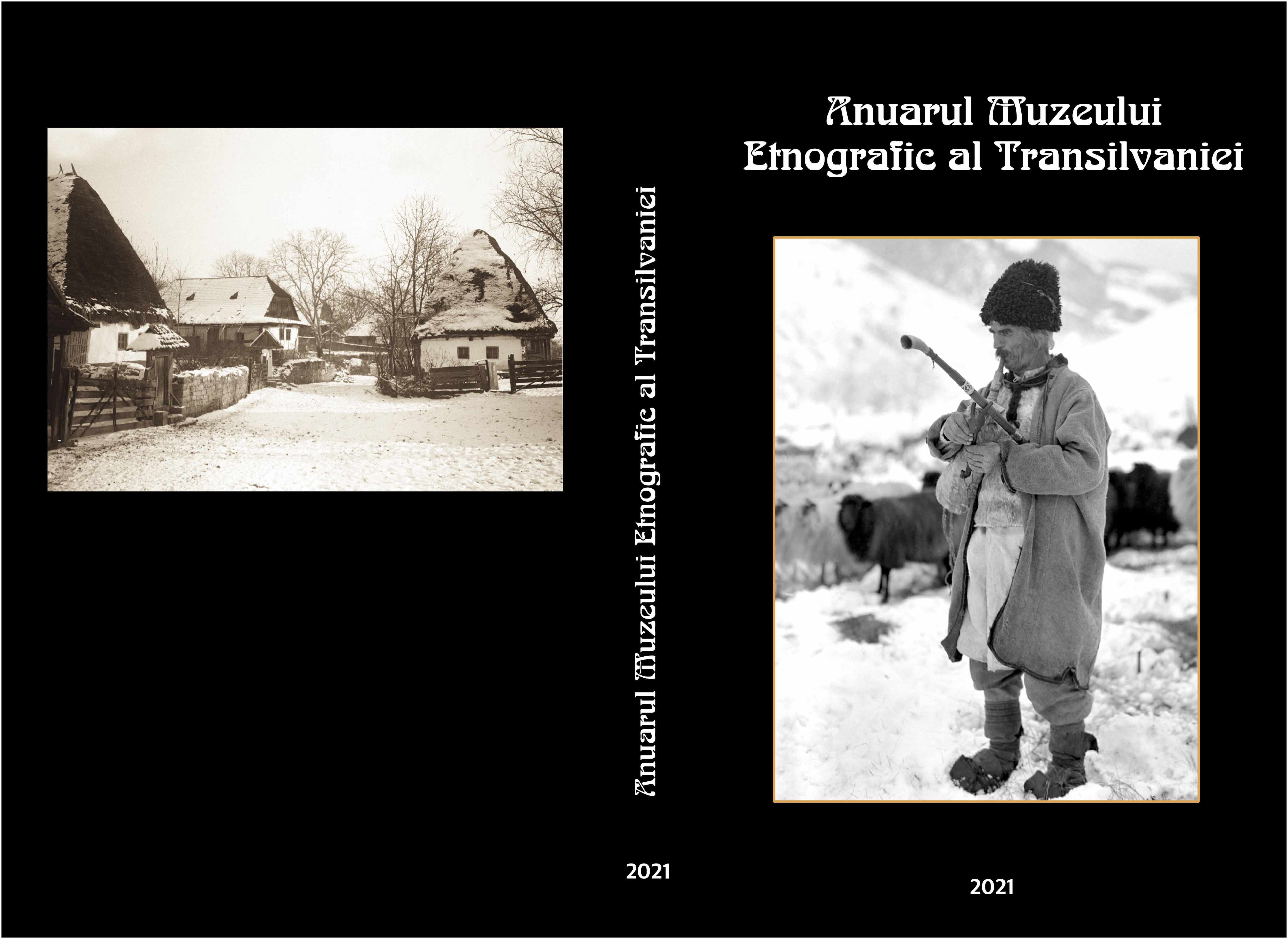AFACEREA ARTEI. PIAŢA DE ARTĂ IN MAREA BRITANIE ÎN SECOLELE XVII-XVIII
The business of art. The art market in Great Britain in the 17th and 18th centuries
Author(s): Silvia SuciuSubject(s): Anthropology, Visual Arts, History of Art
Published by: MUZEUL ETNOGRAFIC AL TRANSILVANIEI
Keywords: collection; Great Britain; Royal Painter; portrait; art power;
Summary/Abstract: While the royal houses and the aristocracy of Italy, Low Countries, France and Spain had already an history in collecting pieces of art, Great Britain adopted this “fashion” only under Charles the 1st reign, in 17th century. Charles the 1st understood that his painted portraits, sculpted busts and a royal collection of art could bring a higher value to his royal status and this practice was representing the power, the authority and the virtues of a king. He was a prodigious collector and made numerous acquisitions of paintings and statues. He collected the artworks of more than 1750 artists; that formed the basis of Royal Collection, the greatest private collection nowadays. The reign of Charles the 1st was highly significant for the appearance of “Court Painters”, who also had the quality of diplomats at various European courts. Peter Paul Rubens and Antoon Van Dyck have been highly appreciated at the court of Charles the 1st. In his artworks Van Dyck captured the “flamboyant” spirit of the time; he gave brilliance to his characters and transformed significantly the image of the King, providing him a special refinement, as it can be seen in the portraits he painted to Charles the 1st. The next century was marked by painters such as William Hogarth, Joshua Reynolds and Thomas Gainsborough. Hogarth was considered „the most famous painter in London”, and he brought his important contribution to the establishment of a copyright law. His printed graphic series and satirical paintings have been inspired from the social and political reality of his time. Aristocracy’s and bourgeoisie’s emancipation in the 18th century led to the flourishing of the portraiture. Reynolds and Gainsborough were the most desired painters when it came about making portraits and their fame transcended their time.
Journal: Anuarul Muzeului Etnografic al Transilvaniei
- Issue Year: 2021
- Issue No: 11
- Page Range: 106-145
- Page Count: 41
- Language: Romanian
- Content File-PDF

